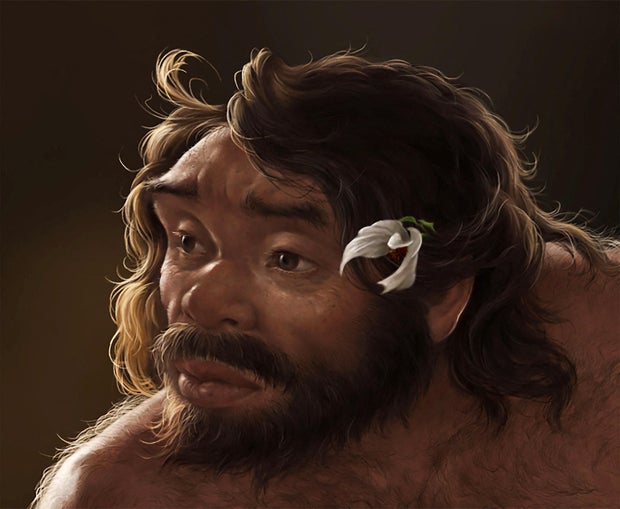
A groundbreaking study, stemming from the digital reconstruction of a million-year-old skull discovered in China, challenges long-held beliefs about human evolution. The research suggests that the divergence of humans from our ancient ancestors occurred approximately 400,000 years earlier than previously believed. Furthermore, the findings propose that this evolutionary split may have taken place in Asia, rather than Africa, as commonly thought.
The skull, known as Yunxian 2, was initially classified as belonging to *Homo erectus*. However, utilizing advanced reconstruction technologies, researchers uncovered features that bear a closer resemblance to species believed to have emerged later in human evolution, including *Homo longi* and our own species, *Homo sapiens*. This revelation, according to Chris Stringer, an anthropologist involved in the research, significantly alters existing understanding of human origins. The team was taken aback by the results, with Xijun Ni, a professor at Fudan University, expressing the initial disbelief and the rigorous testing undertaken to validate the findings, as reported by BBC News. The implications of these findings suggest that distinct groups of our ancestors had already diverged by a million years ago, indicating a more intricate and earlier split in human evolution than previously recognized.
The implications of this research extend to the potential presence of earlier members of other hominins, including Neanderthals. Moreover, the study challenges the established narrative of early human dispersal originating from Africa, potentially elevating East Asia to a pivotal role in hominin evolution, as noted by Michael Petraglia from Griffith University.
The research, published in the journal Science, employed advanced techniques such as CT scanning, structure light imaging, and virtual reconstruction to create a comprehensive model of the Yunxian 2 skull. The team then produced 3D-printed replicas and compared the model with over a hundred other specimens. The resulting model exhibits a unique combination of traits, some reminiscent of *Homo erectus*, such as a projecting lower face, while other aspects, like brain capacity, align more closely with *Homo longi* and *Homo sapiens*. Stringer believes that Yunxian 2 could provide clarity to what has been termed the “Muddle in the Middle,” the complex array of human fossils from between one million and 300,000 years ago.
Despite the study’s provocative conclusions, many experts acknowledge the complexities and uncertainties surrounding human evolution. While the research is considered sound, it raises significant questions, and the scientific community remains divided. Some experts, like Andy Herries, are unconvinced by the conclusions, pointing out that morphology alone isn’t always a perfect indicator of human evolution, particularly when considering genetic histories. Dr. Aylwyn Scally from Cambridge University, while acknowledging the plausibility of the study’s findings, emphasizes the need for further evidence, ideally from genetic data, to strengthen the confidence in the conclusions.
This research is part of a growing body of work that is reshaping our knowledge of human origins. The discovery of *Homo longi*, or “Dragon Man,” a close human relative, in 2021, further complicates the evolutionary picture, highlighting the ongoing process of discovery and the complexity of our shared history. The study underscores the vast amount still to be learned about our origins.

